6 career defining records of Thin Lizzy's Brian Downey
Rock's grooviest drummer picks his finest
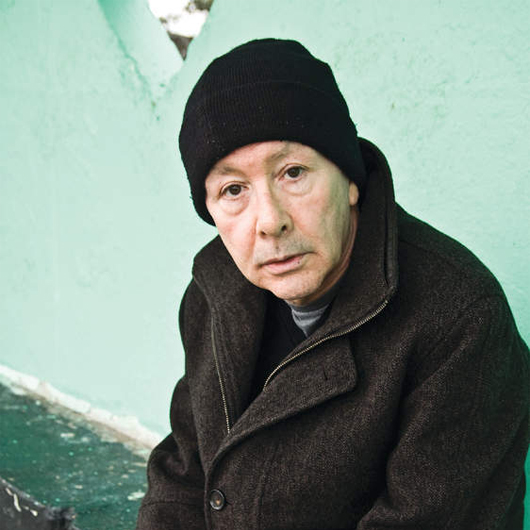
Brian Downey
Brian Downey co-founded Thin Lizzy with Phil Lynott and stayed with the group until they split in 1983. Still playing and recording with the likes of Gary Moore, Brian takes a stroll down musical memory lane, telling Rhythm Magazine all about the records that have most defined his career along the way.
First up: The Boys Are Back In Town
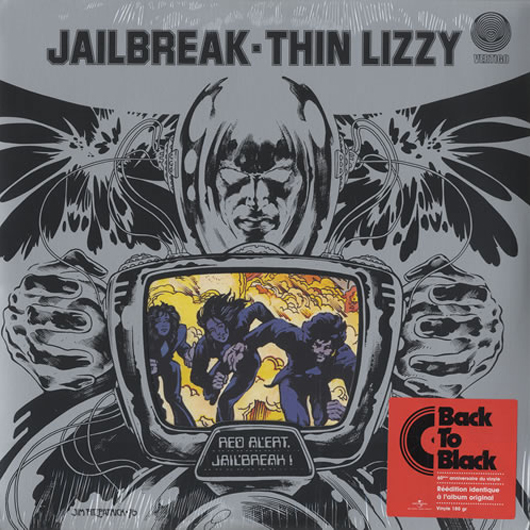
Jailbreak (1976)
Recorded in The Who’s Ramport Studios in Battersea, London with producer John Alcock, Jailbreak was the album that catapulted Lizzy into the charts with the rock classic The Boys Are Back In Town.
Brian Downey says:
“We did two albums before that with Brian Robertson and Scott Gorham, who came in after Eric Bell left. The rehearsals that we did just before we went into the studio were really good.”
“When we did the first albums with Brian and Scott we were still getting to know each other’s styles. With this album, everything started to take shape and gel. Phil was writing nice tunes and we just knew that we had it sussed. There were a couple of commercial tunes but because I was so close to it, I couldn’t tell which was going to be a single and which an album track”.
“The Boys Are Back In Town was picked by somebody outside the band, maybe it was one of the record company reps, who said: ‘That sounds really good. Maybe you could use that as a single,’ and we all went: ‘Maybe not’”.
-----------------------------------------------
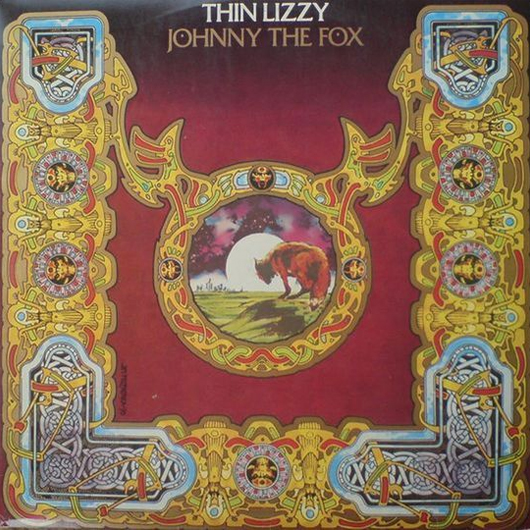
Johnny The Fox (1976)
Follow up, Johnny The Fox , failed to capture the imaginations of their fans as successfully as its illustrious predecessor. It still features superb songwriting though, such as stand-out Don’t Believe A Word.
Brian Downey says:
“We had to cancel an American tour because Phil came down with hepatitis. When we got back to the UK, where we were living, Phil went straight into hospital. The rest of the band were screened as well in case somebody else had it. When Phil was in hospital we realised that the next album had to be written and recorded pretty quickly.”
“When you have hepatitis you have to rest and take it easy but Phil was in there recovering from hepatitis and writing lyrics in his hospital bed. When he got out after a few weeks we went straight into rehearsals. He didn’t have much convalescence!”
“We went into the studio and we knew everything back to front, we had those tunes down. Johnny The Fox wasn’t as big a hit as Jailbreak but I think the reason for that was that we had so much bad luck.”
-----------------------------------------------
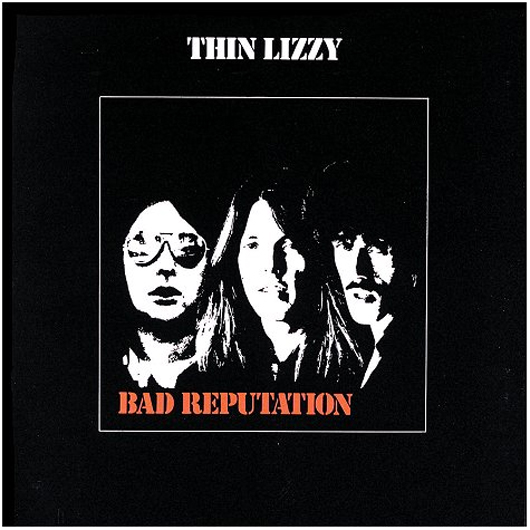
Bad Reputation (1977)
Largely recorded as a trio, Bad Reputation reached number four in the UK charts. Opium Trail and the title track are driving rockers but Dancing In The Moonlight catches Phil Lynott in a romantic mood.
Brian Downey says:
“By that stage Brian Robertson had left the band although he did contribute a couple of solos. Bad Reputation was rehearsed in London but then we decided to go out to Canada to record it in a studio in Toronto with Tony Visconti producing. He was just great because like John Alcock he’d take his time, he wouldn’t rush you, he was very patient, very precise.”
“The studio was a really good live sounding studio and Tony seemed to grasp our live sound really well on that album, where the previous couple of albums had more of a studio sound.”
“We were shacked up in this hotel that wasn’t far from the studio, so the pressure was off. You could stay as long as you like, two or three in the morning, then go back to the hotel and have seven hours sleep and be up again.”
-----------------------------------------------
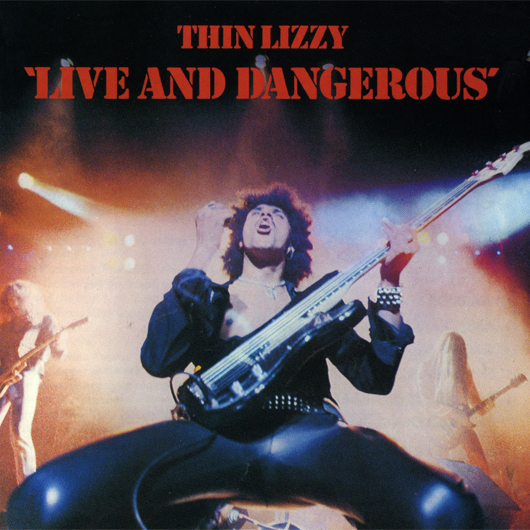
Live And Dangerous (1978)
Considered one of the best live albums ever, despite talk about overdubbing, Live And Dangerous captured the band at their peak.
Brian Downey says:
“The thing that makes it good, although a lot of people criticised some overdubs, is that there are absolutely no drum overdubs on Live and Dangerous. I can say that without any shadow of a doubt, not a cymbal crash, not a snare hit, nothing. There are overdubs on one or two guitar solos, a couple of overdubs on Phil’s vocals because he wanted one or two little changes but the majority of the album is live.”
“Tony Visconti mixed and produced it. Everybody was happy with the drums and that saved me a lot of work because I just hate going out there and sticking on cymbal crashes when it doesn’t really need it. I kept everything nice and live.”
“Everything came together nicely on the nights we picked for the recordings. They caught us playing well and you can feel the atmosphere. I’m quite proud of that album.”
-----------------------------------------------
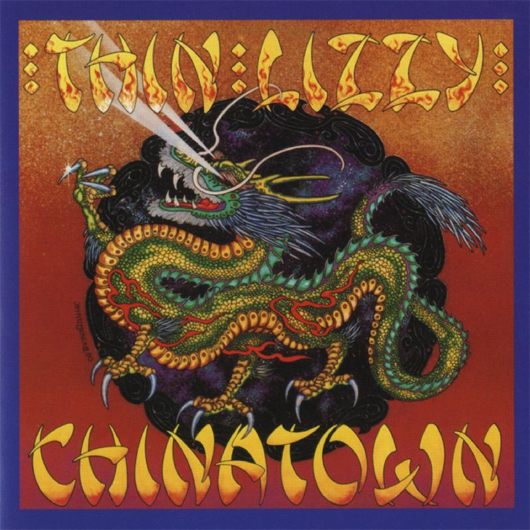
Chinatown (1980)
With ex-Pink Floyd guitarist Snowy White onboard, Chinatown spawned the hit single Killer On The Loose. Without collaborator Tony Visconti, the band produced the album themselves alongside Kit Woolven.
Brian Downey says:
“A lot of people consider Chinatown a throwaway record but it wasn’t. To me Chinatown is the most criticised album Lizzy ever did, except perhaps Renegade. Maybe it is because there were one or two tunes people didn’t expect us to do, maybe it was too bluesy, and Snowy White was in there playing guitar and it wasn’t rocky enough for some people.”
“The title track is a great tune, good shuffle beat with lots of nice drum fills to keep everything ticking along nicely. The playing is really good on that album and I can’t understand where all the criticism came from years ago. To me it’s one of the better albums we recorded.”
“We had a little less time to rehearse but the majority of the album is good. The studio might have been slightly different. You have to take the time and have a really good listen.”
-----------------------------------------------
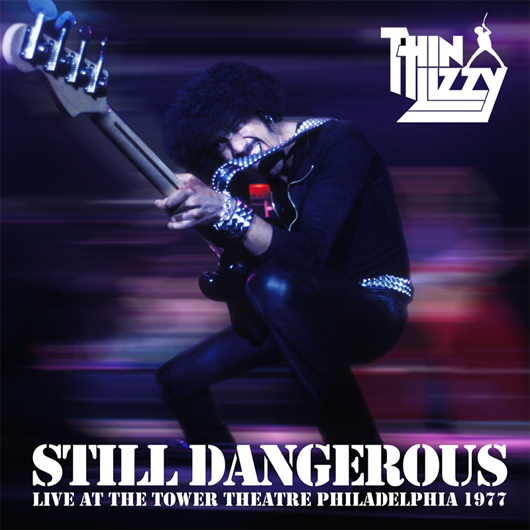
Still Dangerous (2009)
Playing at the Tower Theatre in Philadelphia in 1977, the tapes for Still Dangerous had been collecting dust for decades. Free from overdubs, the album may be the definitive record of Lizzy live.
Brian Downey says:
“We recorded it originally in Philadelphia. I got a cassette tape rough mix of it years ago and it sounded very muddy to me.
“It was mixed off the desk and then two years ago Scott Gorham said to me: ‘There is a version from the Philadelphia show that sounds pretty good, maybe we should do something with this.’ I said: ‘That’s weird because I’ve got a copy at home and it sounds pretty muddy to me.’ He said: ‘No, no, this is the actual recording of the show, not the sound board recording that you have’”.
“I had a listen. Glyn Johns cleaned the whole thing up in the studio and it sounded really good. I was touring with Gary Moore last year and couldn’t make it into the studio with Glyn Johns and Scott, but I got a mix of it every so often so I was keeping tabs on it.”
-----------------------------------------------